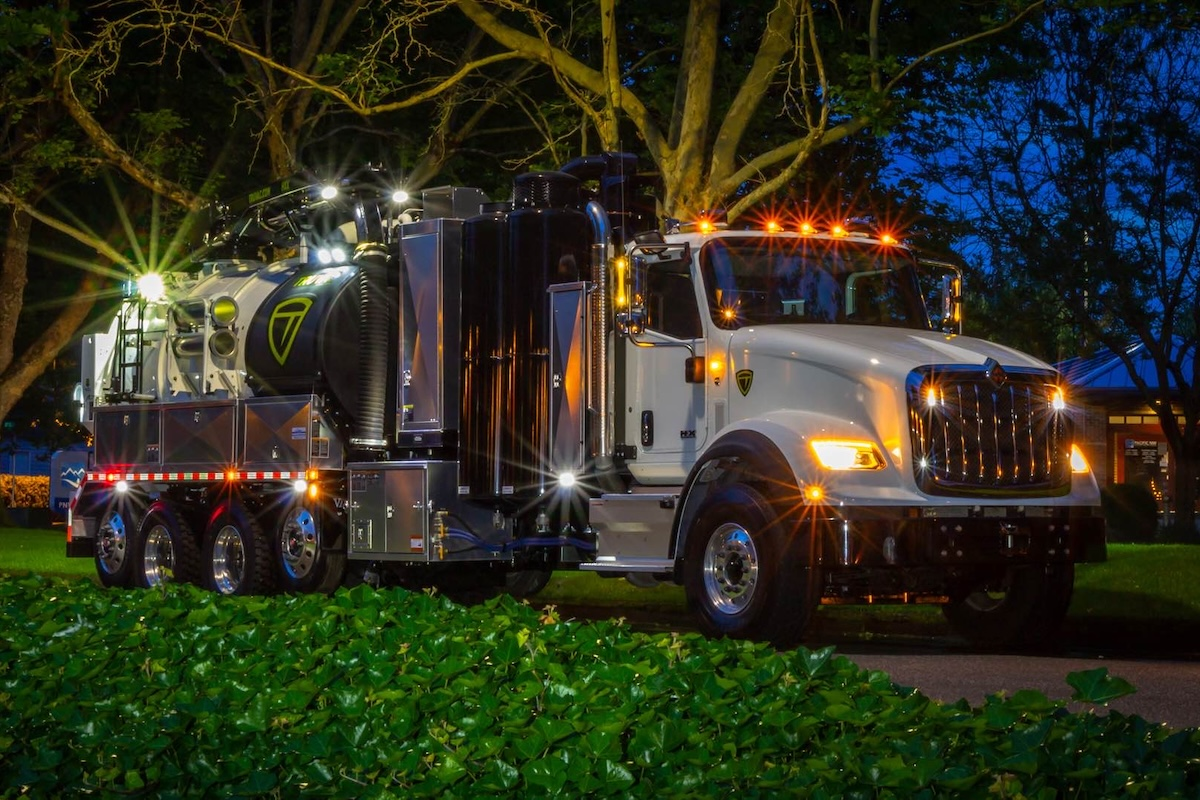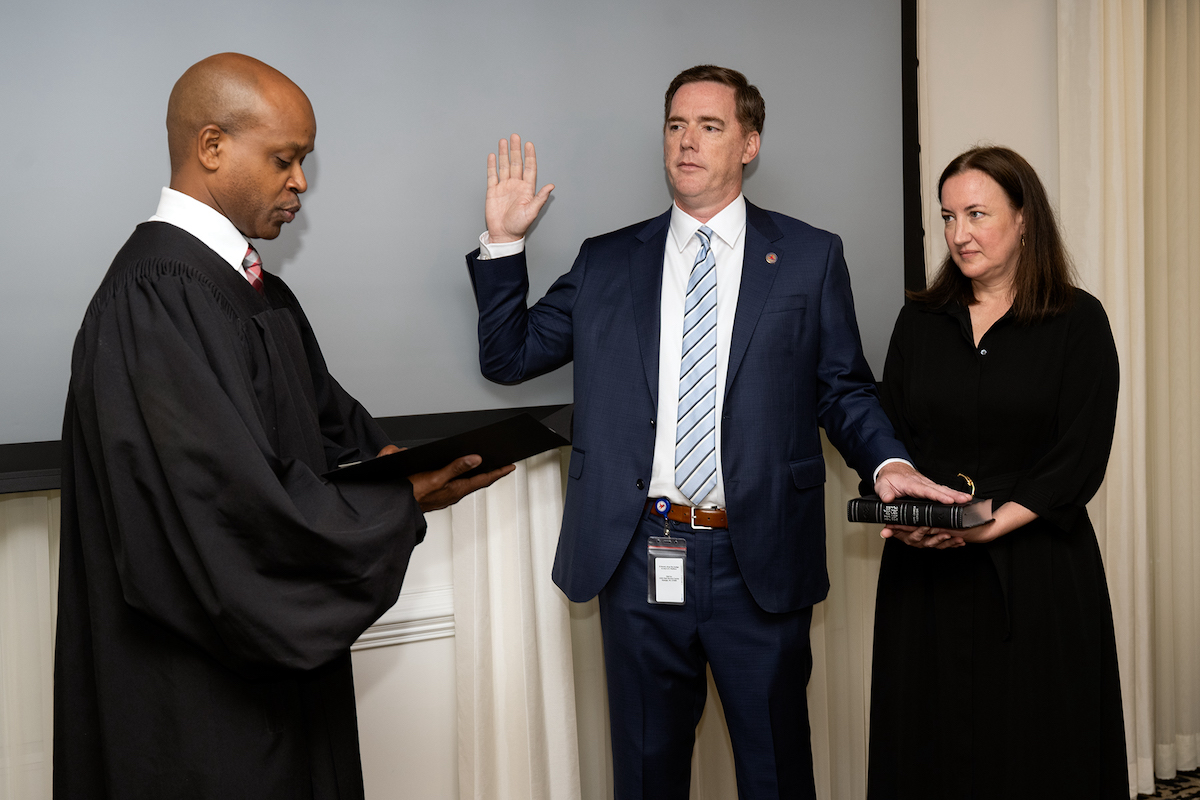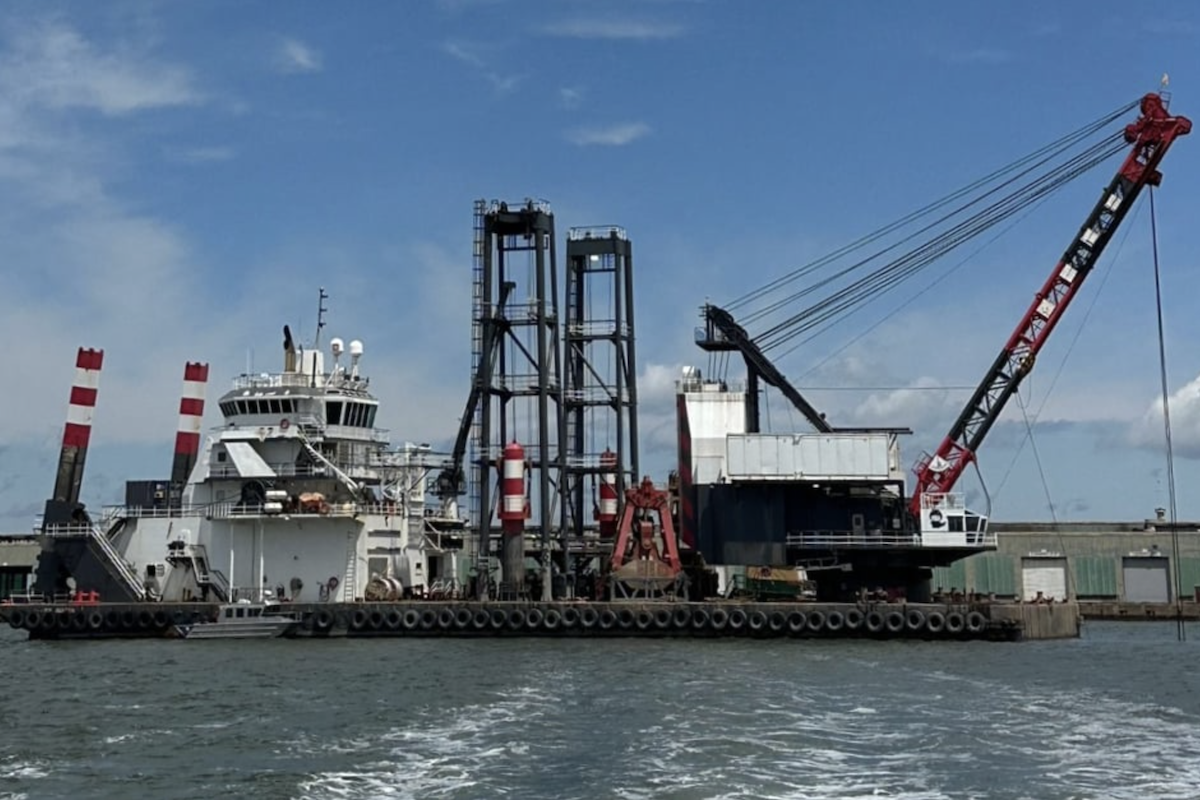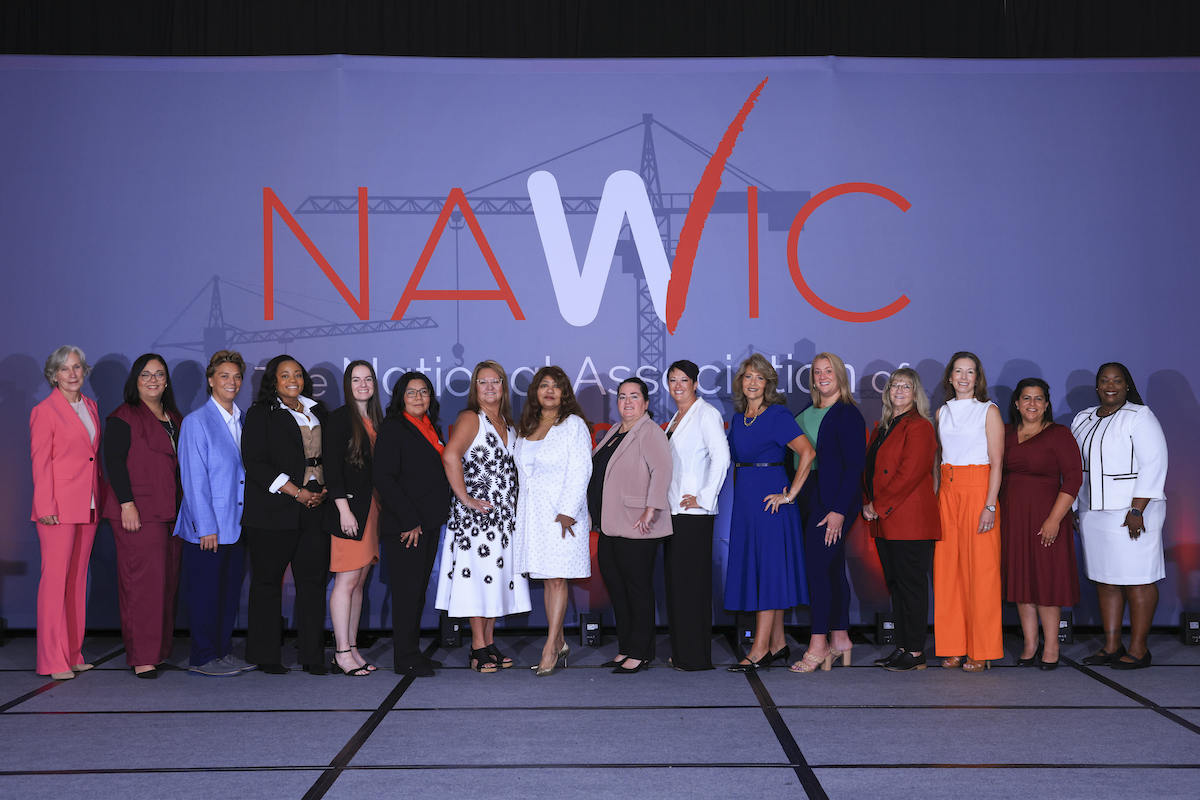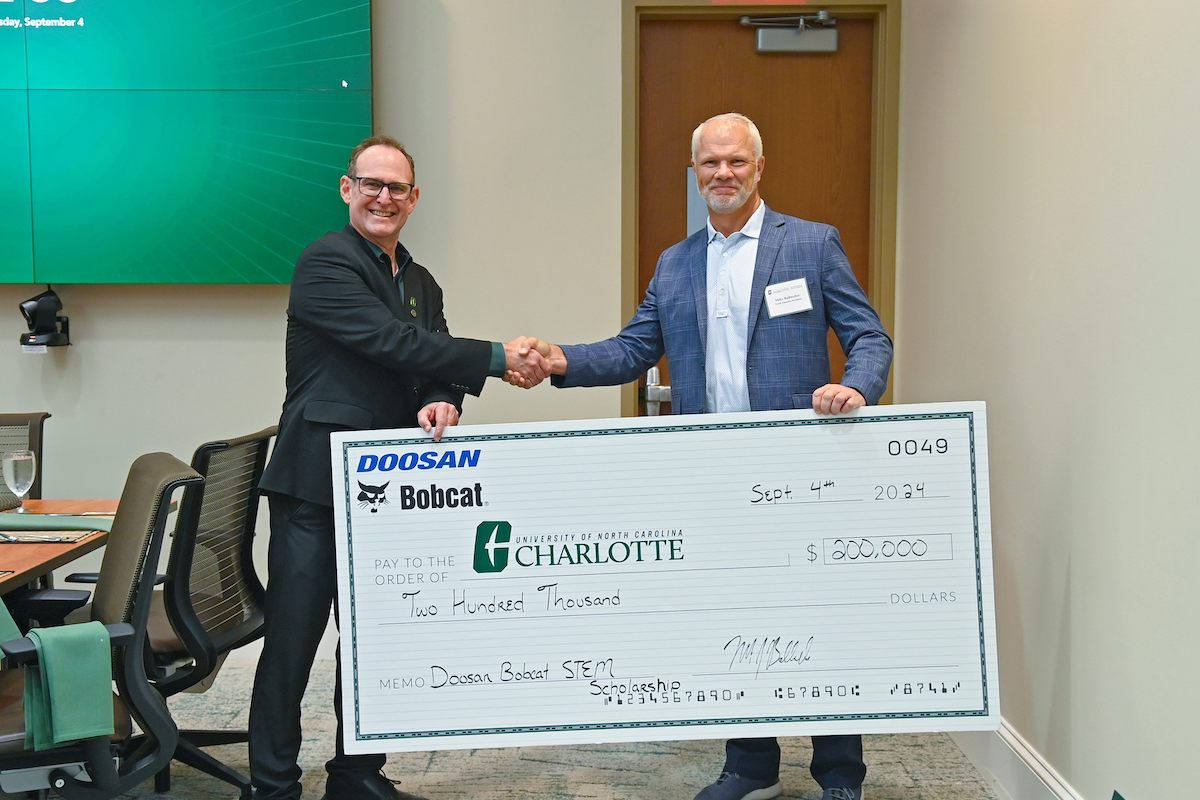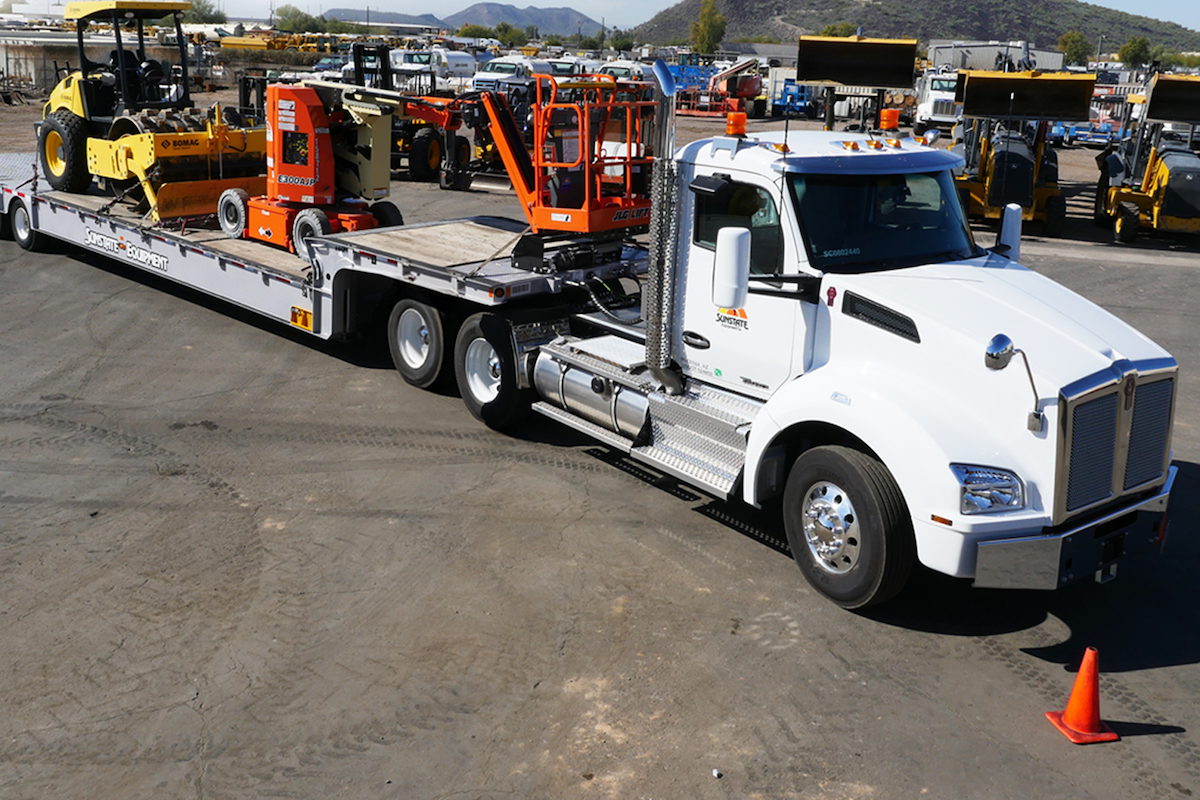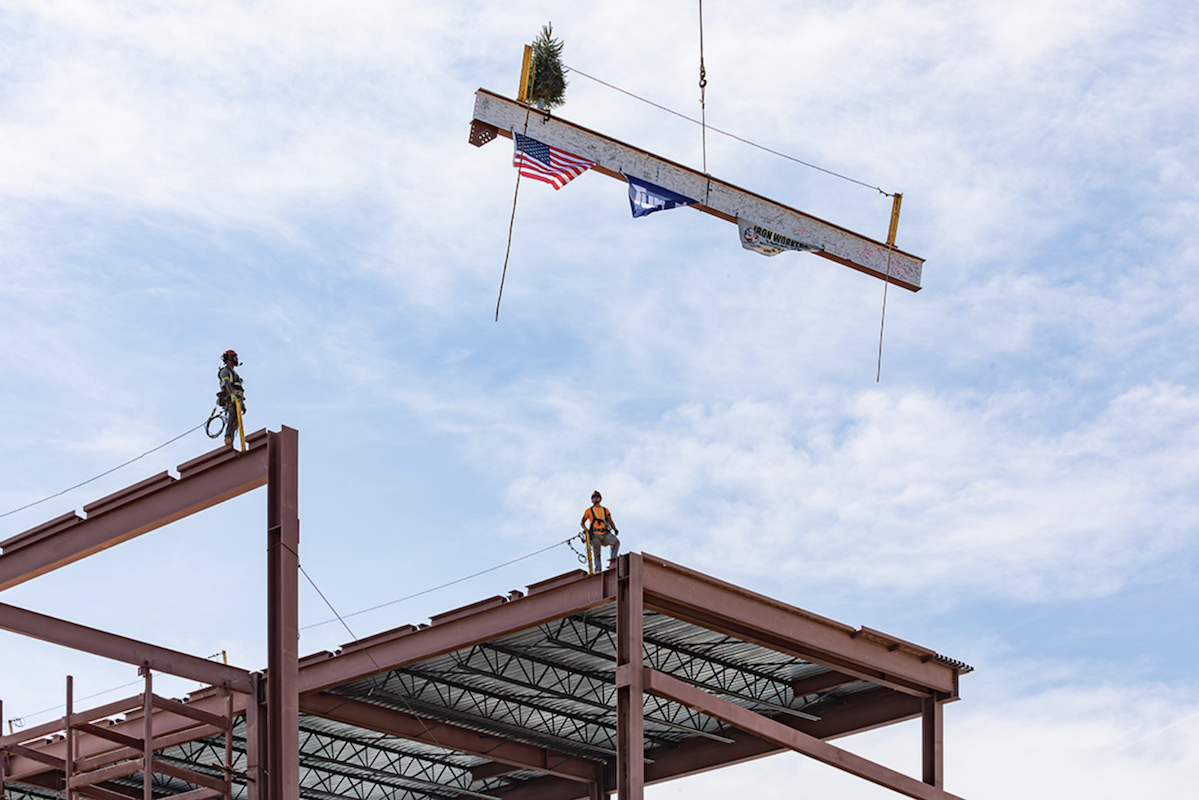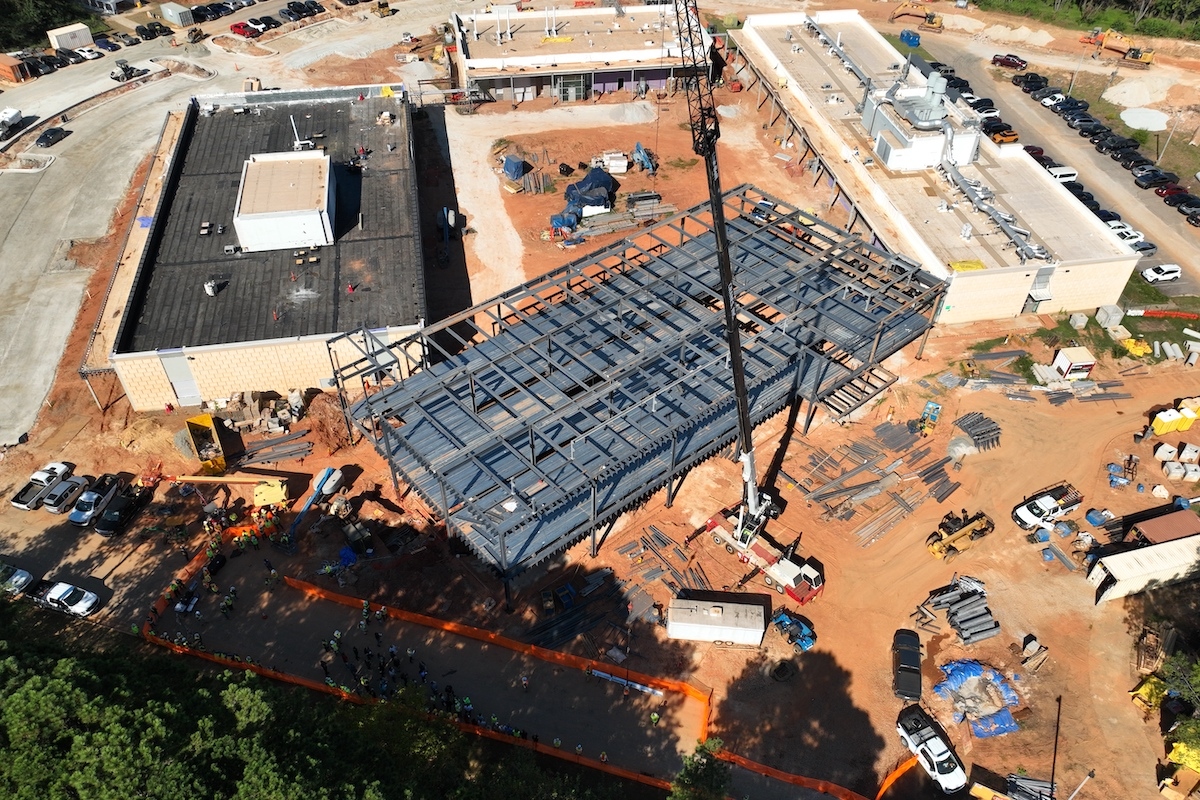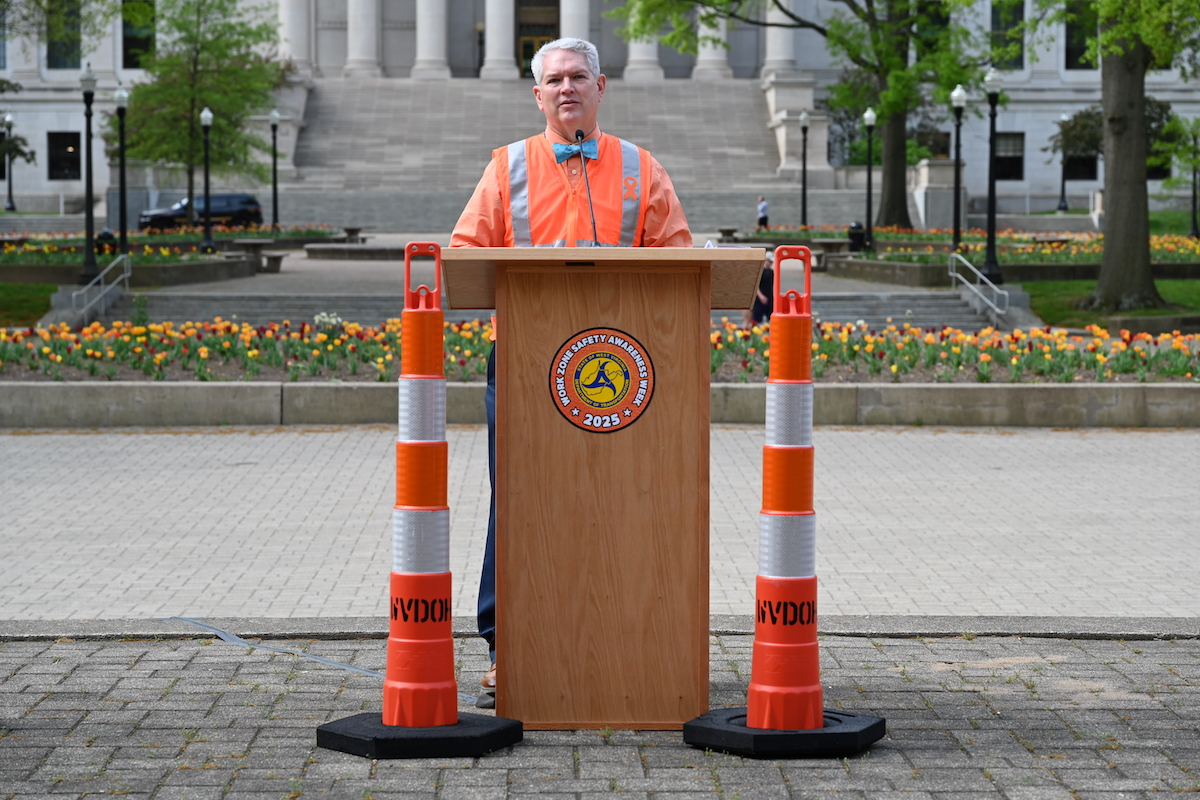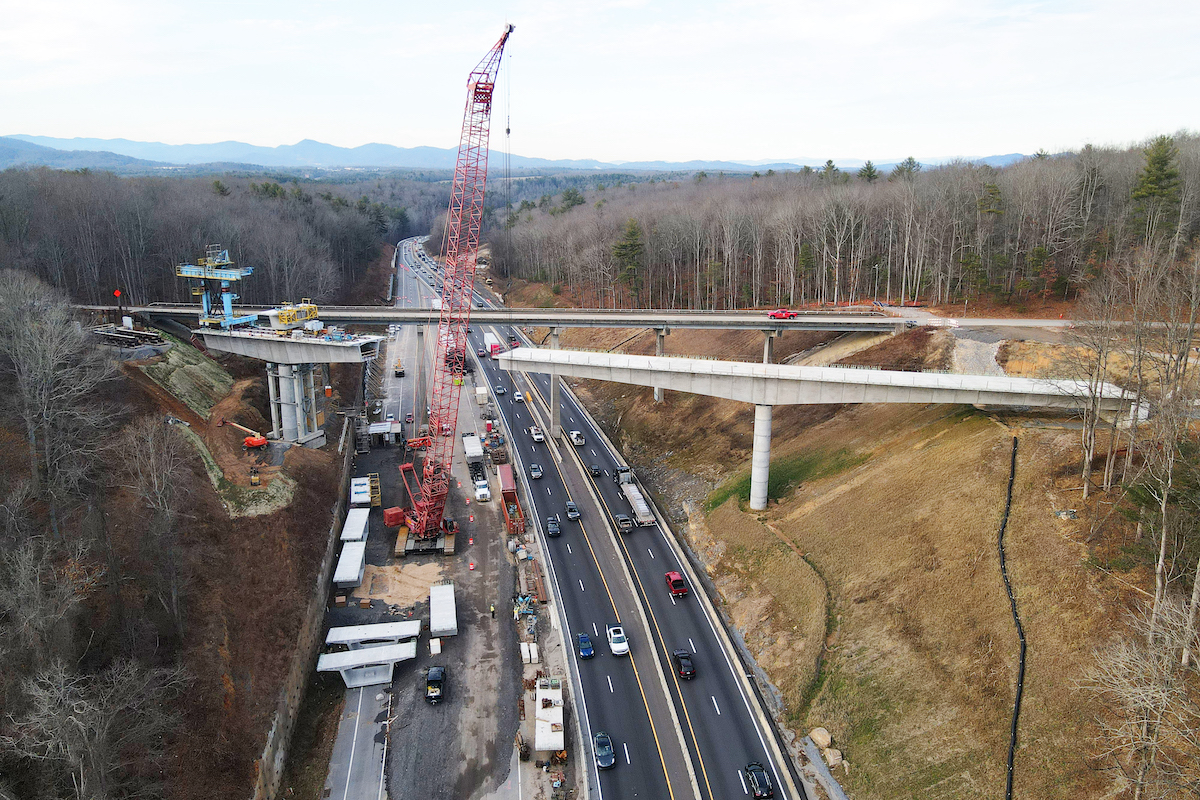“This project will completely rehabilitate the northbound and southbound lanes for this 8-mile stretch of State Route 14, covering 32 lane miles in total,” says Michael Lingberg, Public Information Officer for Caltrans District 9.
The project entails rehabilitating the road from south of Dawn Road Overcrossing to north of Silver Queen Road in the southwest corner of Kern County, a county working to expand its economy and improve the safety of roads to attract new businesses.
The work includes placing new concrete pavement, rehabilitating on/off ramps and shoulders with Rubberized Hot Mix Asphalt, upgrading the metal beam guardrail, upgrading traffic loop detectors and other facilities within the limits of the project.
About 36,500 vehicles travel daily on this stretch of State Route 14, according to traffic counts in 2019.

| Your local Volvo Construction Equipment dealer |
|---|
| Richmond Machinery & Equipment |
Caltrans District 9 Engineering, Project Management and Project Design departments designed the project.
“Prior to construction, Caltrans Environmental Office conducted surveys for sensitive-status species, such as the desert tortoise, American badger, rare plants, and nesting birds and found no active nests or burrows present in the impact areas or staging areas,” Lingberg says. “If active bird nests are found during construction, they will be monitored as needed by the project biologist.”
Priorities include addressing deferred maintenance needs. The goal is to ensure 98 percent of the state highway system will be in fair or good condition by 2027, as will 90 percent of culverts, 90 percent of transportation management systems and 500 bridges. The state plans to spend $250 million each year to address congestion and more than $700 million for transit.
Caltrans has completed 258 projects with SB1 monies, begun construction on an additional 399 projects, and started design and environmental clearance for 489 more projects.
“For every $1 billion invested in transportation infrastructure, thousands of jobs are created each year,” Lingberg says. “Over the next decade, SB1 will invest $5.4 billion annually toward fixing the state’s aging infrastructure while reducing greenhouse gas emissions.”

| Your local Trimble Construction Division dealer |
|---|
| SITECH Mid-South |
In the first phase, one lane as closed in each direction, so crews could get the shoulder ready to accept traffic. Vehicles were moved to the northbound lanes in December, so that rehabilitation work could begin on the southbound lanes. Traffic speeds have been reduced to 55 mph. K-rail, concrete barriers, separates traffic. ArmorGuard gates, steel barriers, give emergency personnel access through the K-rail every 2 miles to respond to incidents within the project limits, Lingberg explains.
Individual slabs used for the foundation of the road will be improved with Continuously Reinforced Concrete Pavement (CRCP), Lingberg explains.
“CRCP is a type of concrete pavement that does not require any transverse contraction joints, because it utilizes reinforcing steel to effectively eliminate transverse joints,” Lingberg says. “Transverse cracks are expected in a concrete slab, but CRCP is designed with enough embedded reinforcing steel that that these cracks are held and maintained tightly together. CRCP has demonstrated superior long-term performance, typically 30 to 40 years. It is usually the solution for highly trafficked and heavily loaded roadways and is cost-effective as it reduces maintenance on the road.”
In a 2016 report, the Federal Highway Administration called CRCP the “pavement of choice for long-life performance, recognizing that initial smoothness will be maintained for decades and that maintenance during that time will be minimal.”
After the southbound side is complete, the second phase will transfer all traffic to the southbound lanes in summer 2021, so the same rehabilitation work can be done on the northbound side.

| Your local Bomag Americas dealer |
|---|
| Linder Industrial Machinery |
Throughout the project, the traffic operations project plan has scheduled ramp closures and detours. Three ramps within the project will be affected: Silver Queen Road, Backus Road, and Dawn Road. Caltrans District 9 Public Information Office will be posting weekly updates about the project, as work schedules are subject to change due to traffic incidents, weather, availability of equipment or materials, and construction-related issues.
“The department attempts to limit disruptions or inconvenience to the traveling public whenever possible and will make certain motorists are informed of any updates throughout the project,” Lingberg says. “The nature of work associated with this project will reduce a busy, four-lane highway to two lanes, however the benefits will provide the public with a safer, more efficient route.”
Additionally, the system Caltrans developed “will shorten the anticipated construction time by approximately 45 days, lower the cost of the project by saving in traffic-management costs, and reduce the potential for traffic incidents by keeping vehicles separate from construction activities,” Lingberg adds.
Photos courtesy of Caltrans








